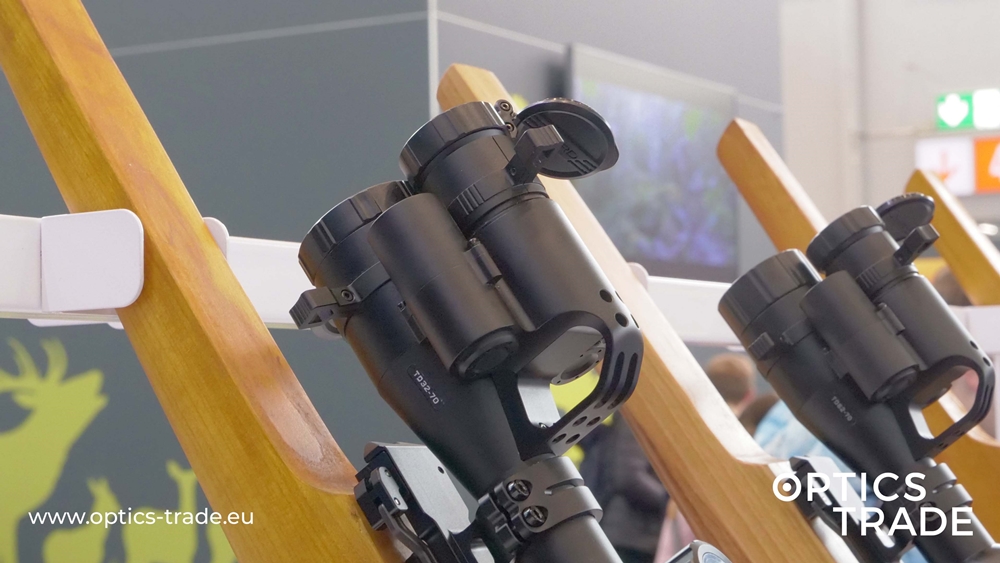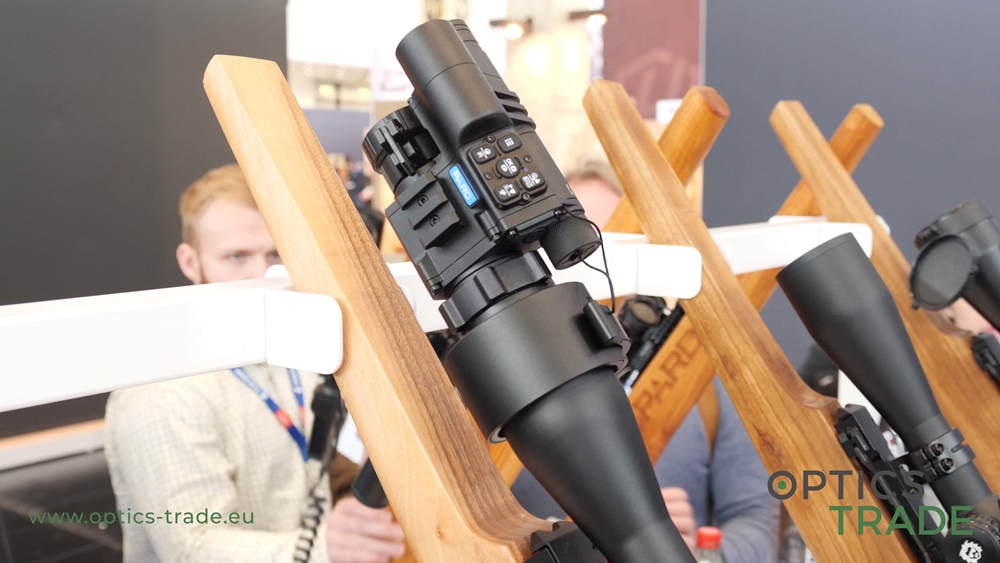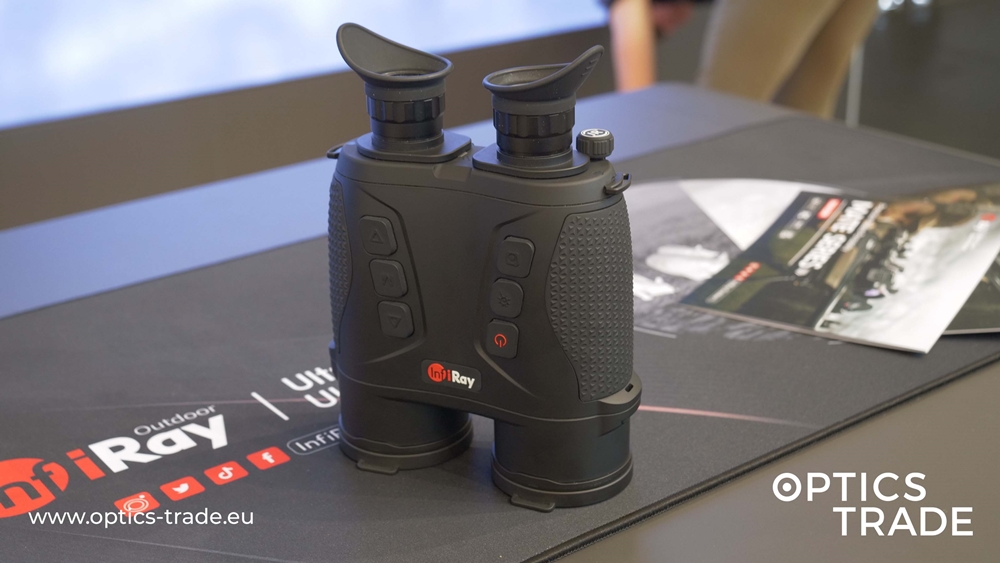Hello, and welcome to another episode of Optics Trade Debates. Today, we’re going to discuss all the basic features and most common attributes of products that we can find in the category of night vision monoculars available on our webpage.
Definitions first. Except for the single-tube design, NV monoculars are no different from binoculars. Analog night vision monoculars are those that are based around an image intensifying tube. Digital NV monoculars (or scopes), on the other hand, rely on digital displays and detectors.
There are many pros and cons of the monocular build. The main advantages of monoculars are in their smaller weight and size. Then there is also the price factor; NV monoculars are much more affordable than binoculars since they do not require an additional display, light-amplifying photocathode or a more complicated prism system.
But you have to take good with the bad. The most obvious disadvantage of monocular use is that looking with both eyes is much more natural and puts far less strain on the eye. It is also true that the users’ subjective feeling of optical quality is better when using binoculars. That really matters with longer periods of night-time observation. Our eyes were simply made to be used in pairs. There is no definite answer as to which device form is better. It all comes down to the user’s personal preference.
Now, let’s move on to magnification ranges. The moderate 6-8x magnification powers are the norm here but units with 1x magnification (a.i., no image magnification at all) are also quite popular. On the whole, the magnifications found in NV monoculars stop around 7x or 8x since the distances to the objects of observation are much shorter. Everything above those numbers is really not practical for night-time use. Also, it’s quite hard to have a good enough image-intensifying tube that would still be effective at higher magnification powers.
Of course, all of this is true for NV devices that are on offer in the civil market. Military and other armed forces use units that are much more powerful but would cost you a right fortune. That is, without even taking into account complicated regulations and restrictions of use that are imposed on such types of optical equipment.
For this debate, we used Pulsar NV Scope Challenger G2+ 3.5×56 and Yukon NV Monocular NVMT Spartan G2+ 3×50. All these devices are on the table are equipped with a built-in IR illuminator. In general, that’s the default with all NV monoculars since really only the best image-intensifying tubes of the Gen III work without the help of an illuminator. Most Gen I and II NV devices allow for installation of an additional IR illuminator (e.g. with a Picatinny rail or a dovetail). That greatly improves the image quality and overall performance of the NV unit in question.
When we’re talking about different generations of night vision optics, it all comes down to the image-intensifying tube. The quality of this tube improved over generations. Gen I devices are quite affordable, they can be purchased from 200 euros upwards. Then there’s the Gen II (and II+). These NV monoculars’ price ranges from 1500 euros to 4000. The latest generation is Gen III.
The advantage of the two most recent generations is that the user can choose the quality of the image-intensifying tube. For example, you can order a Gen III night vision monocular that uses a Gen I photocathode. This is, admittedly, quite unusual but most factories leave a lot up to the customer’s preference.
Jahnke, for instance, offers a normal commercial-grade tube, a more advanced XD4 tube or the latest tube that employs their XR5™ technology. In truth, these tubes all belong to the Gen II+ but their quality differs considerably. Users can also choose between the standard green illumination or Onyx (black and white) illumination. There are other companies that allow their customers to pick the tube inside the device, Dedal being one of the most recognizable brands that are flexible like that.
Our Optics Trade support team often receives client questions about how analog and digital NV monoculars compare. That is why we created a separate Optics Trade Debates episode dedicated solely to this topic. We highly recommend checking it out.
Last but not least, a few words on how to use night vision monoculars. It is always smart to have the IR illuminator turned down. You might have also noticed that all these devices come with a cap with a small filter in the centre. Never remove this cap when the device is exposed to daylight as that would damage the photocathode.
There are two analog settings featured on every NV monocular. The first one is the focus, which is normally adjusted by rotating the focusing ring on the objective lens. Then there is the diopter setting at the rear of the device, on the eyepiece. This setting only has to be adjusted once of done correctly and the principle is no different than with classic daytime monoculars.
Perhaps the most exciting thing about night vision optics is their potential of use. They can be utilized in completely different fields, such as (but not limited to) hunting, security, rescue operations, armed forces and so on. Basically anyone interested in nighttime observations is a potential user of these devices, like hikers and sea travellers for example. For now, at least, the most common users are hunters and the security sector.
This is everything we had in mind for today. We would like to thank you for your attention. Please send us an email or leave a comment is the section below if you’d like to know anything else about this topic. For more videos like this one, subscribe to our Youtube channel. We’ll see you next time, bye!
Products mentioned:




